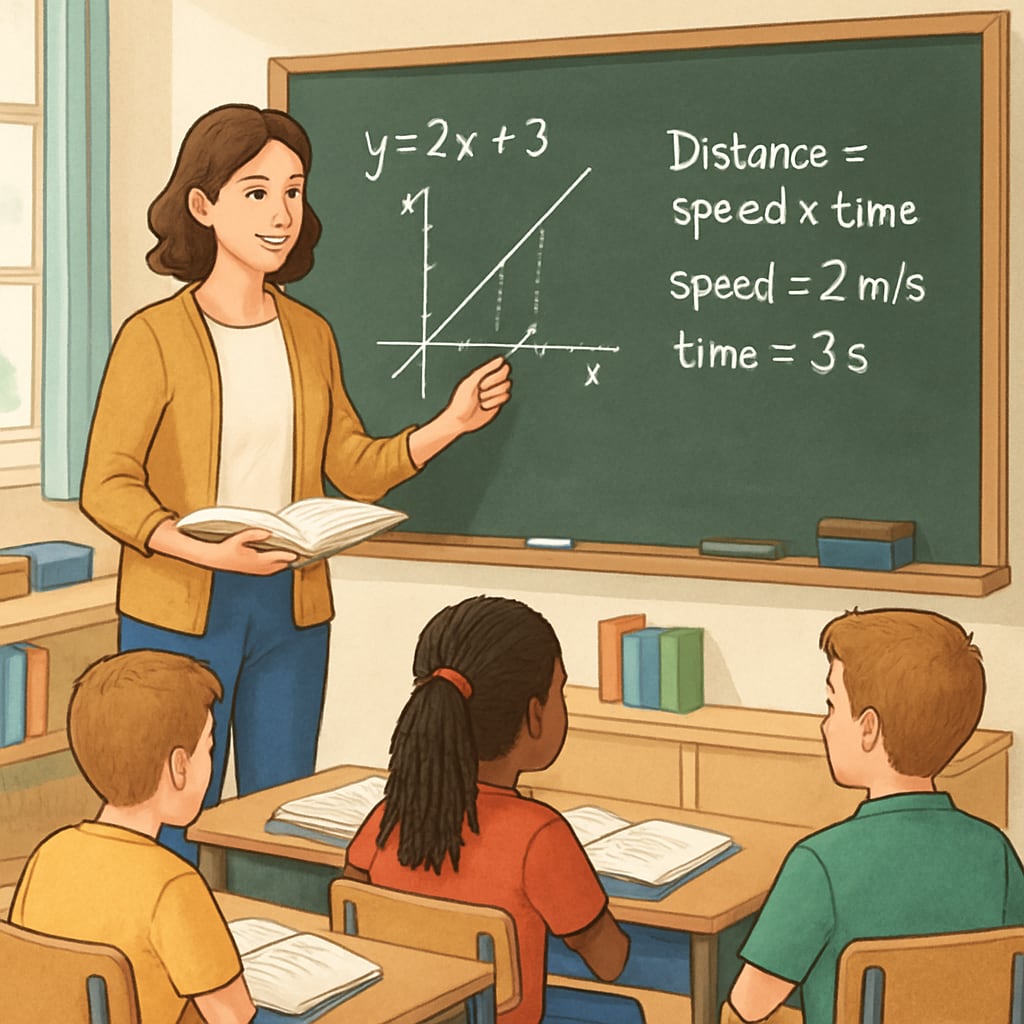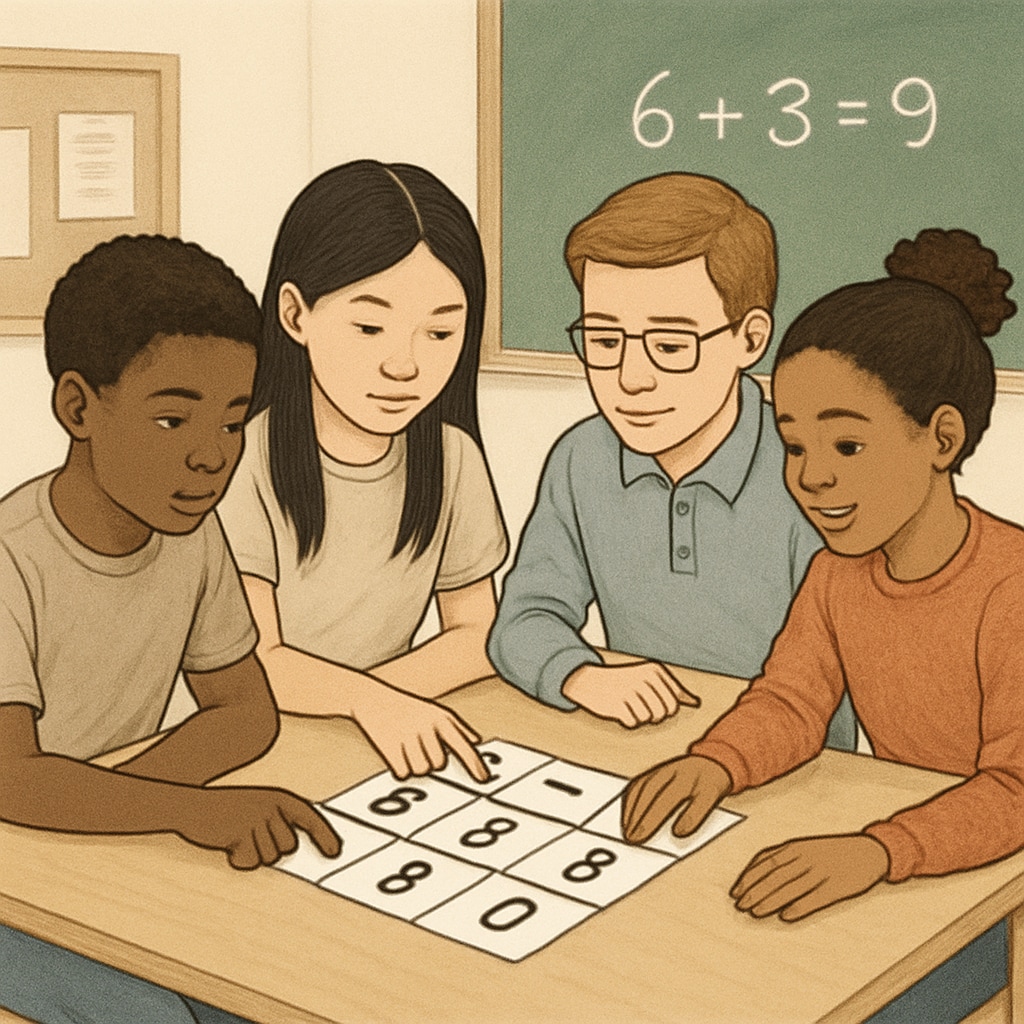When children ask, “Why learn math?” they aren’t just trying to avoid homework; they are expressing genuine curiosity about the relevance of education in their lives. Addressing this question thoughtfully is essential for educators and parents alike, as it directly ties into the broader themes of math education, student motivation, and teaching challenges. By reframing the conversation and connecting math to real-world applications, we can help students see its value beyond the classroom.
Understanding the Question: Why Students Doubt the Value of Math
Before diving into responses, it’s important to understand why students might question the necessity of math. For many, the subject can feel abstract and disconnected from their daily lives. When they struggle with complex equations or formulas, frustration can lead to doubts about its purpose. Additionally, societal emphasis on test scores often overshadows the intrinsic value of learning, making math feel like a burdensome obligation rather than a tool for exploration.
To address this, educators must approach the question with empathy. A dismissive response like “because it’s important” or “you need it for your exams” may only reinforce their skepticism. Instead, consider this question a chance to foster curiosity and engage in meaningful dialogue.

Connecting Math to the Real World
One of the most effective ways to motivate students is by showing how math is used in real-life scenarios. From managing personal finances to understanding technology, math is embedded in nearly every aspect of modern life. For example:
- Budgeting and Saving: Teach students how percentages and fractions are used in calculating discounts, interest rates, or savings goals.
- Technology and Coding: Highlight how algorithms and binary systems rely on mathematical principles.
- Architecture and Design: Explore geometric concepts in building structures and creating art.
By bridging the gap between abstract concepts and practical applications, students are more likely to see math as a valuable skill rather than a chore. For further exploration, resources like Wikipedia’s Mathematics Overview or Britannica’s Math Insights can offer additional real-world examples.
Fostering Critical Thinking Through Math
Beyond practical applications, math plays a crucial role in developing critical thinking and problem-solving skills. These skills are not limited to solving equations; they are essential for making informed decisions, analyzing data, and approaching complex problems systematically.
For example, when students learn how to break down a math problem into smaller parts, they practice analytical thinking that can be applied to any challenge. Encouraging this mindset helps students understand that math is more than numbers—it’s a way to tackle life’s uncertainties with logic and creativity.
Additionally, introducing puzzles, games, and group activities can make math more engaging. These methods emphasize collaboration and strategy-building, ensuring that students associate math with exploration and innovation rather than rote memorization.

Respecting Student Questions and Encouraging Dialogue
When addressing the “Why learn math?” question, it’s important to respect the student’s curiosity. This means creating a safe space for open dialogue where they feel heard. Instead of shutting down their doubts, use their questions as a springboard for discussion.
For example, you could say, “That’s a great question—why do you think math might be useful?” This approach not only validates their feelings but also encourages them to think critically about the subject. By involving them in the conversation, you empower students to take ownership of their learning journey.
Conclusion: Turning a Challenge into an Opportunity
Questions about the relevance of math are not barriers—they are opportunities to inspire. By connecting math to the real world, emphasizing its role in critical thinking, and respecting student inquiries, parents and educators can transform skepticism into curiosity. Ultimately, the goal is to help students see math as a tool for understanding and navigating the world, not just a subject to pass in school.
So, the next time a student asks, “Why learn math?” embrace the challenge with wisdom, creativity, and a touch of real-world magic.


